RAIN Readers are available in many different configurations. RAIN readers capture the unique identifiers and optional other data from the RAIN tags by utilizing the air-interface protocol. All readers accomplish some basic tasks and then may have additional features. All RAIN readers can communicate with the RAIN tags and learn their identity. Most can also write to the tag.
Game-changing developments are happening in this space as the RAIN Alliance leads the whole ecosystem towards a future where RAIN readers will be available in consumer handsets, and our end users recognize the massive power of “always on” RAIN systems over other technologies.
There are two basic types of readers, though these come in many different variations: fixed and portable (sometimes called hand-held).
- Fixed readers typically mount to a fixed location (near a door, on a forklift truck, etc.) and can communicate with one to many antennas. They usually require a power supply and are connected to a network with an Ethernet cable, though some use power over Ethernet, and some have wireless communications capabilities. Some readers have the antenna(s) built into the reader module. Some readers offer the ability to control the antenna to allow steering of the radio beam.
- Portable readers can be dedicated devices, incorporated with barcode readers, or sleds to allow the attachment of a mobile computer or mobile phone. The form factor can range from a “gun” type device with an antenna attached to small devices not much bigger than the phone they carry.
Readers may support many additional features such as:
- Working in dense reader mode
- Providing access to the user member part of a tag
- Enabling file management in the tag
- Providing secure communications with the tag
- Providing commands to the tag to take other actions, such as read a sensor or activate a solenoid
